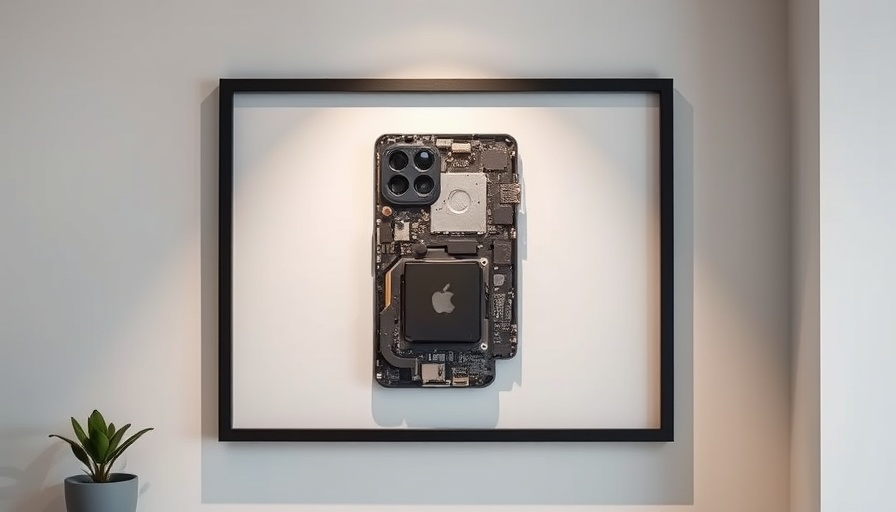
From Old Devices to Timeless Art: The Journey of Collectible Phones
In a world increasingly focused on technology and innovation, the question arises: what exactly can we do with our old smartphones? The typical response highlights recycling materials and recovering rare earth metals, yet there’s a burgeoning artistic movement that is elevating defunct devices into stunning art pieces. Meet Sonny Dickson, a prominent figure in the tech industry who has cleverly transformed this perception with his initiative, Collectible Phones.
Combining Nostalgia with Innovation
The launch of Dickson’s project prompts significant reflection on our relationship with technology. While many consumers rapidly adopt the latest gadgets, personal attachments often linger with their first phones—devices that may very well have influenced their lives and careers. In line with his background as an insider in the tech realm, Dickson pinpoints the first-generation iPhone as a prime example of innovation that defines an era. “This phone created a new landscape in mobile technology,” he states. By celebrating such iconic devices, we not only honor the past but also inspire a future where technology and art coexist harmoniously.
A New Trend in Tech and Sustainability
As the industry increasingly focuses on sustainability, initiatives like Collectible Phones challenge conventional recycling methods. This movement aligns with larger technological trends where innovation integrates with environmental consciousness. Each unique piece of artwork tells a story, transforming what was once considered obsolete into a reflective celebration. Considering the allure of visuals, the art pieces crafted from old smartphones serve as both personal relics and modern art, fascinating both collectors and casual observers alike.
Insights From the Past: The Design of the First iPhone
The significance of the first iPhone, launched in 2007, extends beyond mere nostalgia. Initially seen merely as an evolutionary product, it has since garnered a reputation for its revolutionary impact on communication. An anecdote from the Design Museum recalls how the device was passed over for significant design awards in its debut year, only to be recognized later as a transformative piece of technology. Today, this narrative surrounding the iPhone supports Dickson’s project, revealing the importance of honoring pioneering designs that shaped the modern digital landscape.
Creating Art That Fosters Connection
As we journey through digital eras marked by rapid advancements, the nostalgia for our earliest technologies fosters a unique sense of connection. Dickson's approach of displaying phones as art pieces encapsulates a movement that not only appreciates older technology but also resonates deeply with the emotional landscapes of many tech users. It poses a pertinent question: what stories do our old tools tell us, and how can we share their significance? By inviting collectors and enthusiasts to display these pieces in their homes, Dickson forges connections, encouraging a broader appreciation of technological heritage.
Actionable Insights for Professionals and Collectors
For professionals in fields such as healthcare, finance, and sustainability, the growing trend towards celebrating tech history represents a new perspective on innovation. As businesses harness the power of nostalgia, there are actionable strategies they can adopt. Recognizing how emotional connections to technology can drive engagement—whether through community initiatives or corporate social responsibility—can establish stronger relationships with consumers and promote brand loyalty.
The world of technology continues to evolve, but projects like Dickson’s remind us to pause, reflect, and appreciate the transformational journey that has led us to today. By creating art from what was once considered obsolete, we pave the way for a future where sustainability, creativity, and innovation thrive together.
As you ponder the role of technology in your life, consider the stories your devices tell. Explore the fusion of art and technology, and perhaps find a place in your own space for a reminder of the impactful innovations that have changed our lives.
 Add Row
Add Row  Add
Add 




 Add Row
Add Row  Add
Add 

Write A Comment